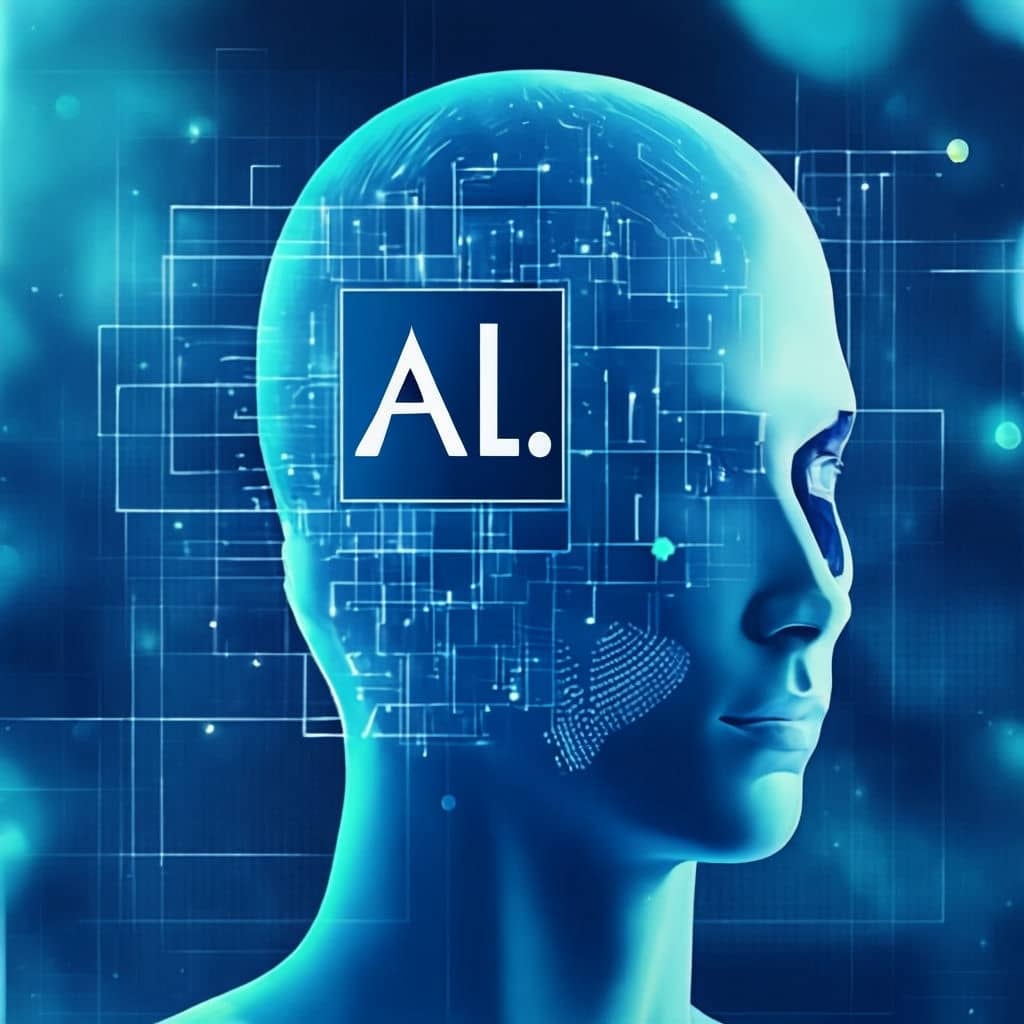As we advance further into the 21st century, artificial intelligence (AI) and machine learning (ML) continue to redefine the landscape of technology, business, and everyday life. The enhancements in these fields are not just incremental; they represent a transformative shift that promises to influence industries across the globe. This article delves into some of the recent advancements in AI and ML, their practical applications, and the implications for the future.
Recent Enhancements in AI and ML
1. Natural Language Processing (NLP)
One of the most notable advancements has been in natural language processing. AI models, such as OpenAI’s GPT-3 and later iterations, have demonstrated an unprecedented ability to understand and generate human-like text. These models not only enhance chatbots and virtual assistants but also facilitate better translation services, sentiment analysis, and content generation. The introduction of transformer architectures has been pivotal, allowing AI to process language tokens in parallel rather than sequentially, significantly boosting efficiency and accuracy.
2. Computer Vision
Machine learning models have made remarkable strides in the field of computer vision. Enhanced algorithms now enable tasks such as image recognition, object detection, and facial recognition with more than 95% accuracy. The use of convolutional neural networks (CNNs) has revolutionized how machines interpret visual data, leading to applications in healthcare diagnostics, autonomous vehicles, and even security surveillance, where the accuracy of real-time surveillance systems can be dramatically improved.
3. Generative Models
Generative Adversarial Networks (GANs) have emerged as a groundbreaking approach within machine learning. These models can create new, synthetic data that mimics real-world data, which can be used in various fields such as art, music, and even video game development. For example, GANs can generate photorealistic images or assist in drug discovery by simulating molecular structures. The implications for creativity and content creation are vast, blurring the lines between human-generated and machine-generated works.
4. Reinforcement Learning
Reinforcement learning (RL) has become increasingly sophisticated, moving beyond traditional applications like gaming (notably, AlphaGo’s historic victory against world champions) to real-world applications. Industries such as robotics and finance now employ RL algorithms to optimize processes and decision-making. For instance, RL can improve supply chain efficiency by finding the best routes and minimizing costs or enhance robotic control systems in manufacturing.
5. Explainable AI (XAI)
As AI systems become more complex, the need for transparency becomes crucial. Explainable AI (XAI) seeks to make AI’s decision-making processes understandable to humans. New techniques are emerging to provide better insights into how algorithms arrive at their conclusions, which is particularly important in sensitive areas like healthcare, finance, and law where accountability is a concern. Creating interpretable models helps build trust and ensures ethical AI deployment.
Practical Applications Across Industries
1. Healthcare
AI and ML enhance diagnostic accuracy and predictive analytics in healthcare. Machine learning algorithms analyze medical images to identify anomalies, such as tumors, at often superior rates compared to human radiologists. Predictive models can forecast patient outcomes based on historical data, enabling proactive care and resource allocation.
2. Finance
In the finance sector, enhanced algorithms analyze market trends and consumer behaviors to inform strategic investments and risk management. Fraud detection systems utilize ML to scan and analyze transactions in real-time, flagging suspicious activities and mitigating risks more effectively than traditional systems.
3. Manufacturing
Predictive maintenance powered by AI algorithms, which analyze data from machinery sensors, can foresee equipment failures and schedule timely maintenance. This approach reduces downtime and optimizes production efficiency, ultimately leading to cost savings.
4. Marketing
Personalization in marketing has reached new heights with AI enhancements. Machine learning models track consumer preferences and behaviors, allowing businesses to deliver targeted ads and content. Predictive analytics help businesses understand market trends, refine strategies, and improve customer engagement.
Challenges and Ethical Considerations
Despite these advancements, the rapid growth of AI and ML raises ethical concerns regarding privacy, bias, and job displacement. Data privacy issues are at the forefront, as AI systems often require vast amounts of data to function effectively. Moreover, bias in training data can lead to discriminatory outcomes in AI decisions, necessitating rigorous oversight and bias mitigation strategies.
Job displacement is another pressing concern, as automation becomes capable of performing tasks traditionally held by humans. While new roles may emerge from these advancements, the transition phase could lead to significant economic upheaval.
The Future of AI and Machine Learning
As AI and machine learning technologies continue to evolve, the focus will likely shift towards creating more robust, ethical, and user-friendly systems. Collaboration between technologists, ethicists, and policymakers will be essential to address the challenges of integrating these technologies responsibly into society.
The promise of enhanced AI and ML is undeniable. We stand at the brink of a new era where these technologies could unleash unprecedented levels of innovation, efficiency, and creativity, paving the way for a future that was once only imagined.
In conclusion, the enhancements in AI and machine learning are not merely technological wonders; they are pivotal forces shaping our future in profound ways. Understanding these developments, and actively engaging with their implications, will allow society to harness their potential responsibly and ethically.



